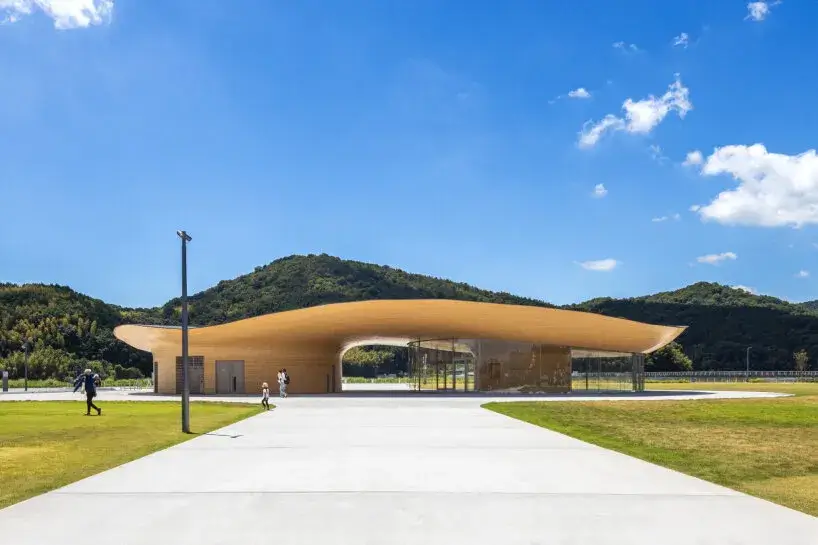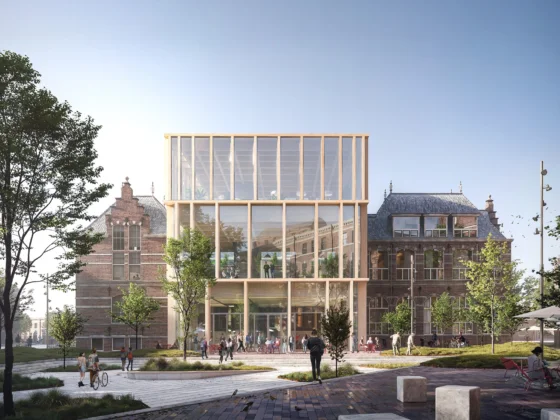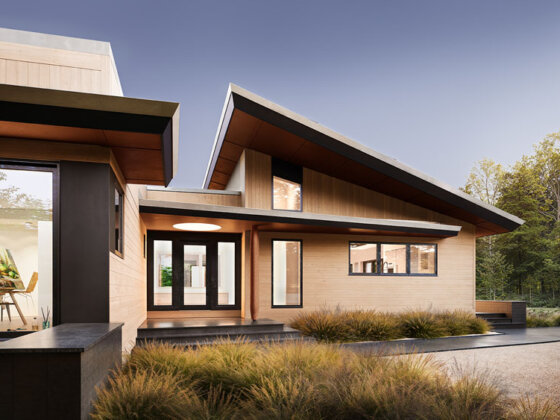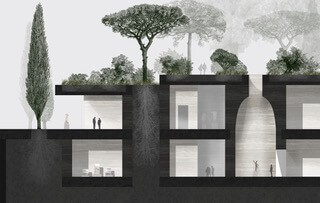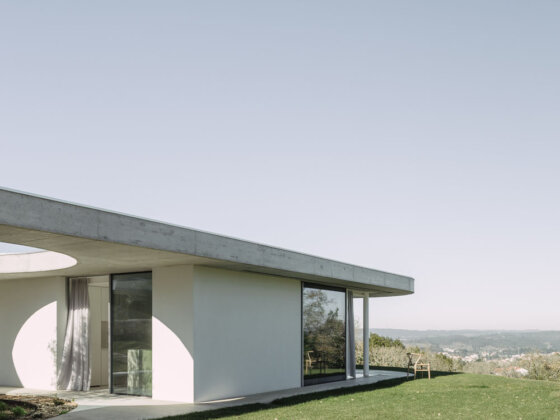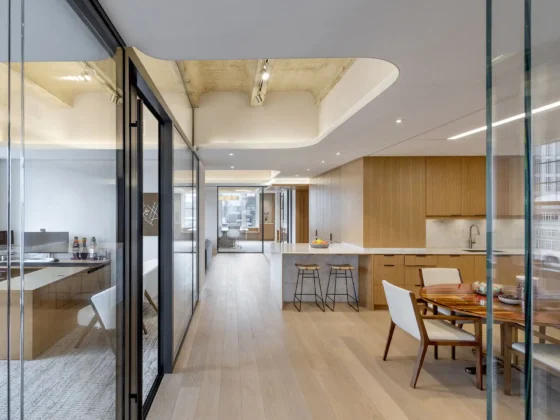Okayama, Japan
The Bamboo Gate by Kengo Kuma and Associates exemplifies the architect’s dedication to integrating traditional materials with contemporary design with a structure that employs bamboo as a primary material, celebrating its flexibility, sustainability, and cultural symbolism.

Kengo Kuma often utilizes bamboo for its lightness and its ability to create dynamic filters of light and shadow, promoting a sense of harmony between architecture and its surroundings.
The gate primarily uses bamboo, a sustainable and flexible material, which is both lightweight and strong.
Bamboo is combined with other materials to create a dynamic interplay of transparency and solidity, allowing light to pass through while maintaining structural integrity.

This design language reflects Kuma’s consistent effort to integrate natural elements into urban settings, promoting a dialogue between architecture and nature.
This installation is an example of Kuma’s exploration of sensory experiences, where the use of bamboo not only provides visual appeal but also interacts with the surrounding environment.
It resonates with his broader body of work, which often seeks to redefine the relationship between built structures and their natural contexts.


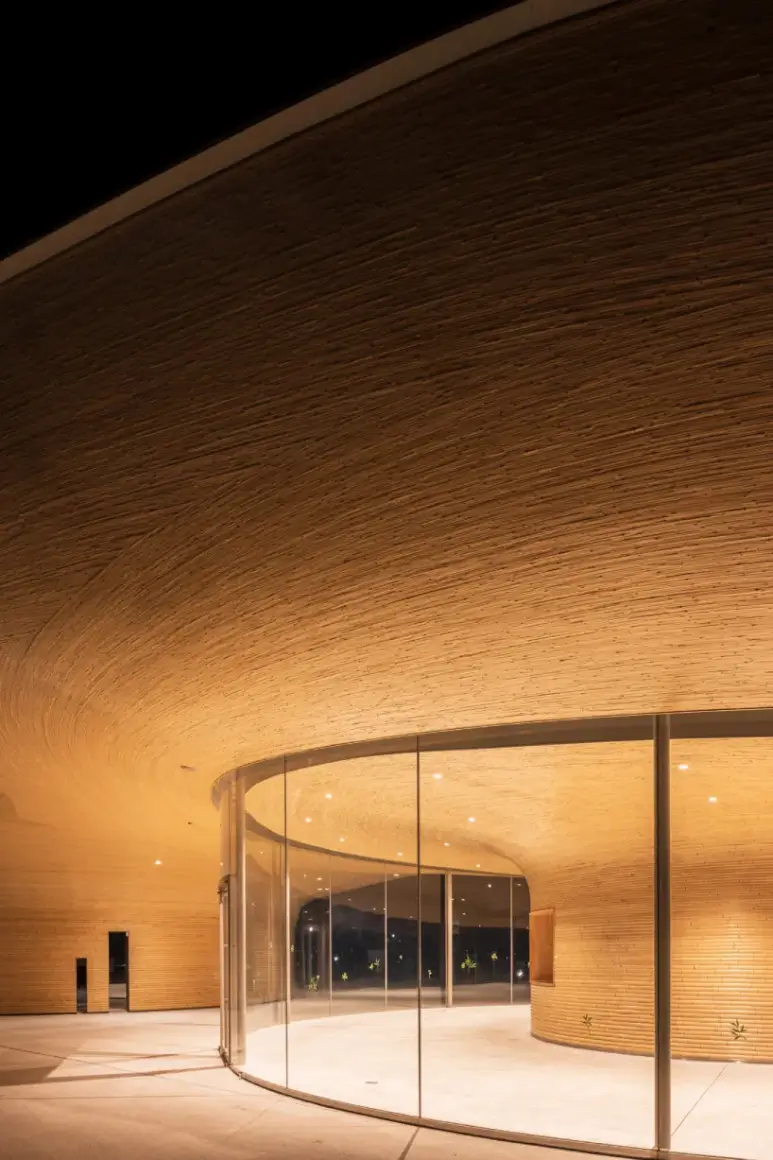



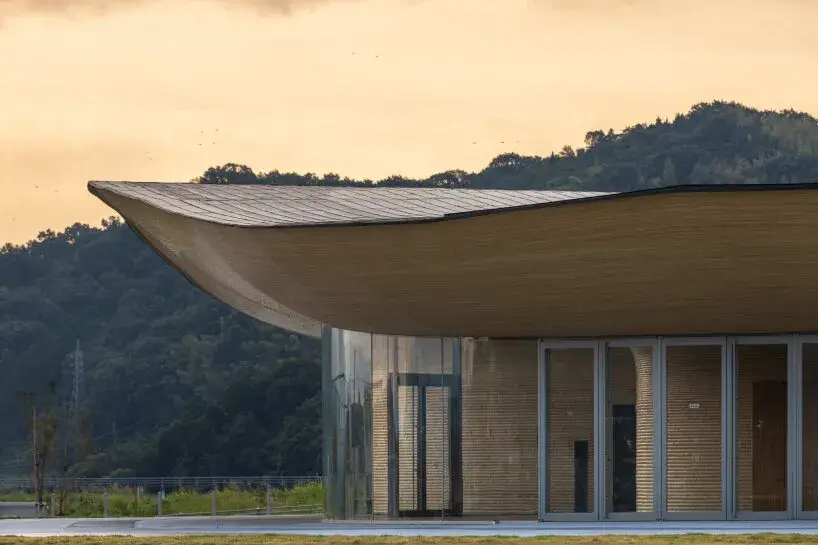


Project: Bamboo Gate
Architects: Kengo Kuma and Associates
Lead Architect: Kengo Kuma
Design Team: Shin Oba, Kohei Kudo, and Kimio Suzuki (CG)
Contractor: KAZAKEN
Photographs: Courtesy of the Architects
